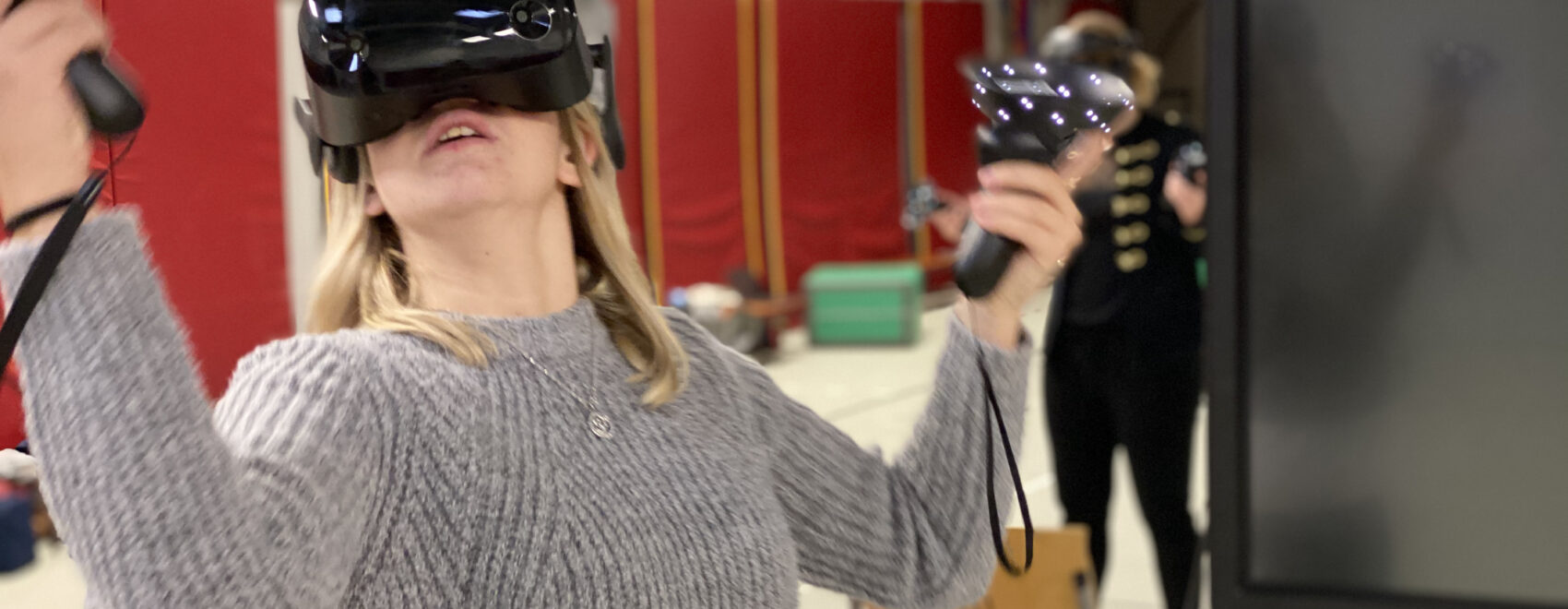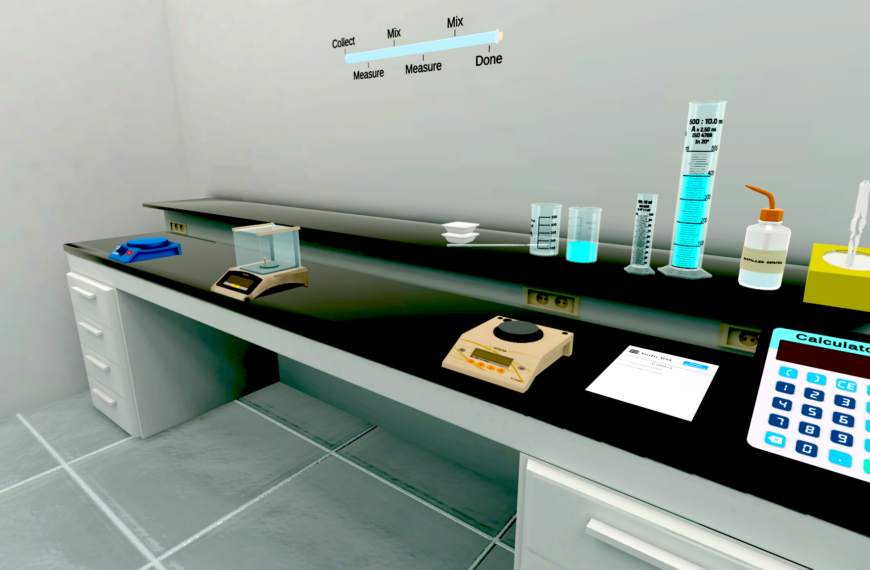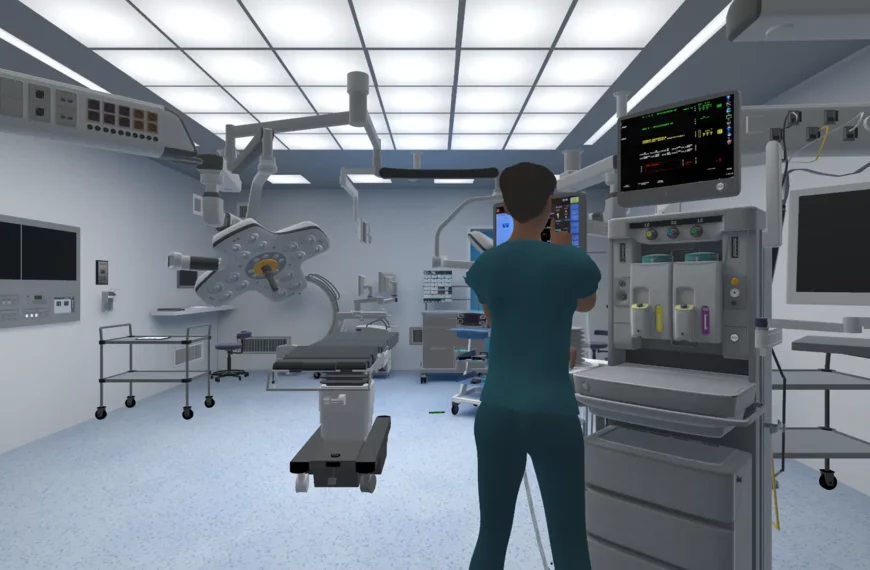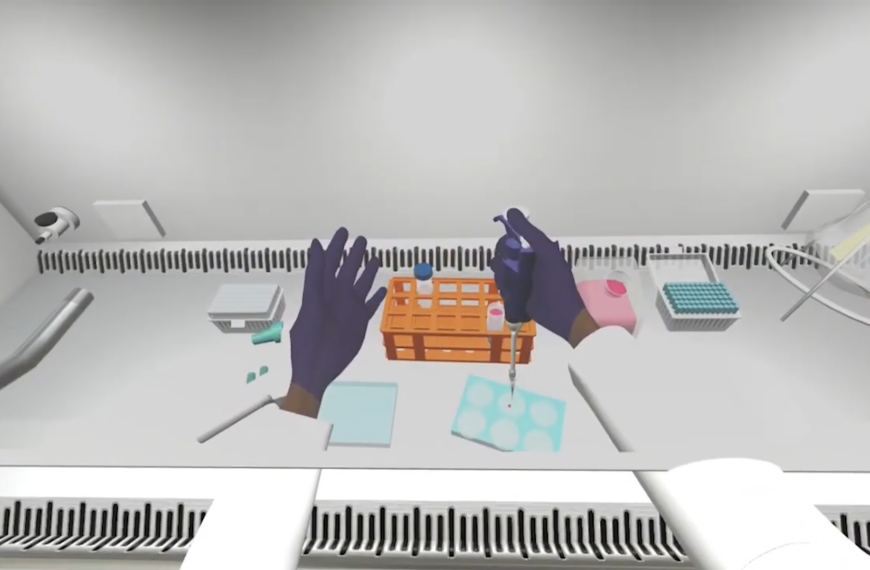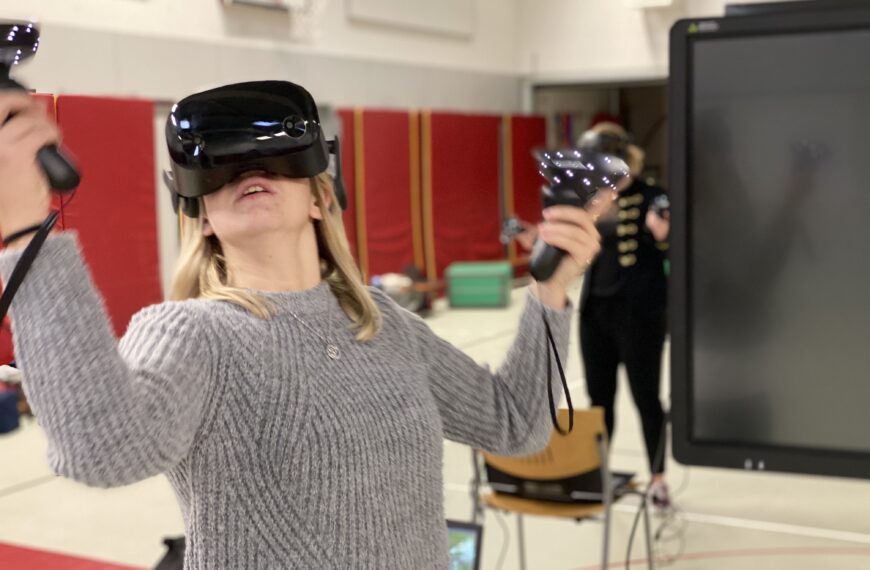Harnessing Virtual Reality for Training: Unveiling Its Effectiveness
In recent years, Virtual Reality (VR) has transitioned from a niche technology primarily associated with gaming to a powerful tool with broad applications across various fields. One of the most promising areas where VR has significantly had impact is training and education. In this post we explore the effectiveness of VR in training, backed by research evidence, and delve into how this innovative technology is revolutionizing learning experiences.
The use of VR is set to grow more than 5X in the next 8 years. That means more and more companies are realizing the value of VR and integrating it into their business.
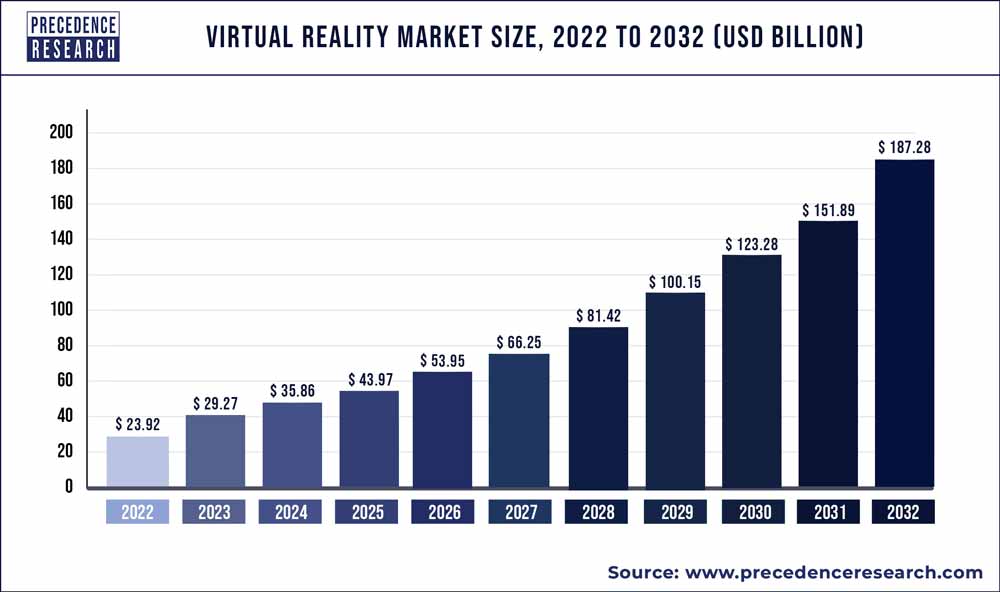
Safe and Controlled Environment
Risk-Free Practice Environment
VR allows learners to practice skills in a safe, controlled environment without the risk of real-world consequences. This is especially crucial in high-stakes fields like surgery or firefighting, where mistakes can be costly or dangerous. Numerous studies, including this one on medical errors show that VR training helps reduce error rates.
Immediate Feedback and Adaptability
Another advantage of VR training is the ability to provide immediate feedback. Learners can receive real-time corrections and guidance, enabling them to refine their skills on the spot. Moreover, VR training programs can be easily adapted to different skill levels, ensuring that learners receive personalized training that matches their pace and needs. Adaptive VR training systems improve learner outcomes by providing tailored feedback and challenges.
Reducing Training Costs
While the initial investment in VR technology can be significant, it often leads to long-term cost savings. Traditional training methods frequently require physical materials, travel, and instructor time, which can add up over time. VR, on the other hand, can deliver consistent training experiences without the need for physical resources. A report by PwC (2020) indicated that VR training can be more cost-effective than classroom or e-learning training when scaled, particularly for large organizations.
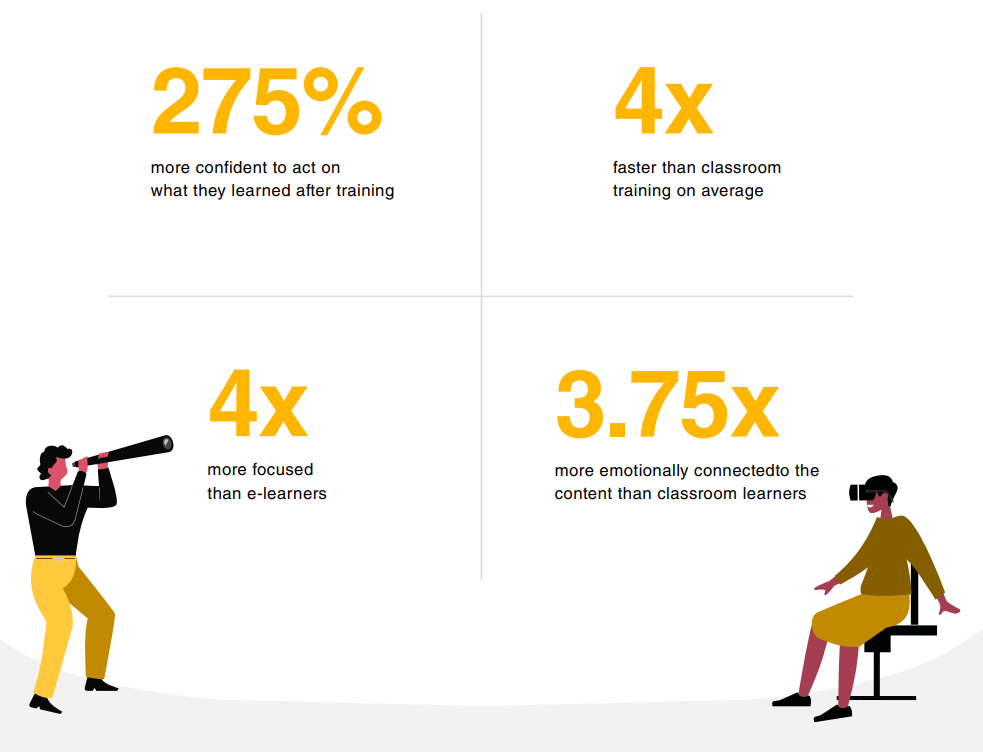
Enhancing Accessibility
VR training can break down geographical barriers, making high-quality training accessible to learners regardless of their location. This is particularly beneficial for organizations with a global workforce or for educational institutions looking to provide equal learning opportunities to students in remote areas. Studies have shown that VR can bridge the accessibility gap, providing equitable training experiences across different demographics.
Conclusion
The effectiveness of VR for training is supported by a growing body of research demonstrating its benefits in enhancing engagement, providing a safe learning environment, and offering cost-effective and accessible solutions. As technology continues to evolve, the potential for VR in training will only expand, promising even more innovative and effective learning experiences.
Whether you’re a professional looking to upskill, an educator seeking to enrich your curriculum, or an organization aiming to improve your training programs, VR presents a compelling case as the future of effective training. Embracing this technology today could be a transformative step towards a more immersive, engaging, and effective learning journey.

Here are some of our examples of VR in training
